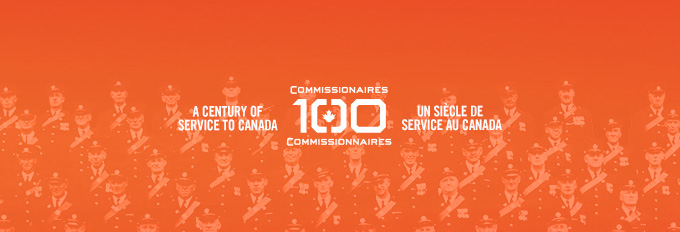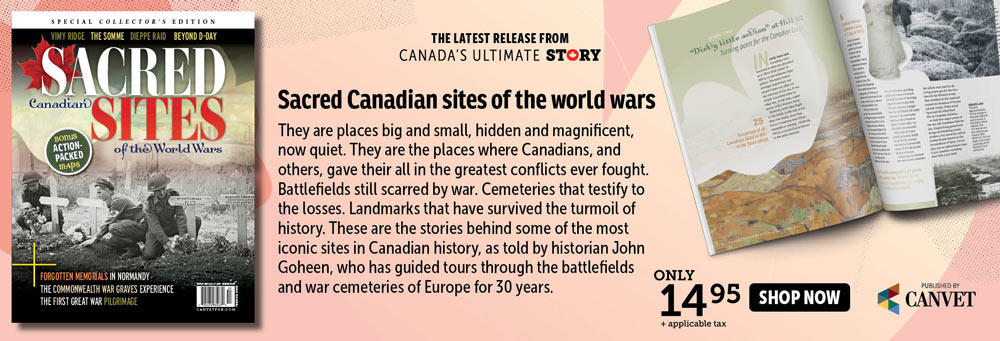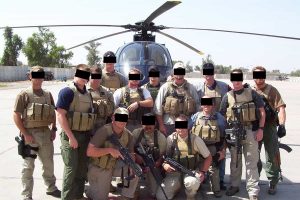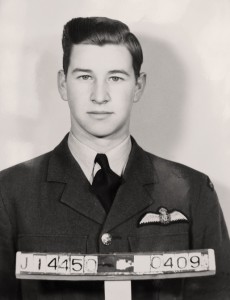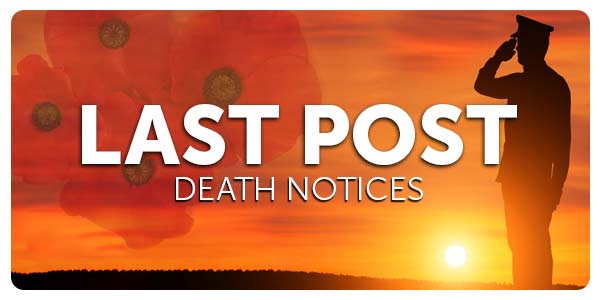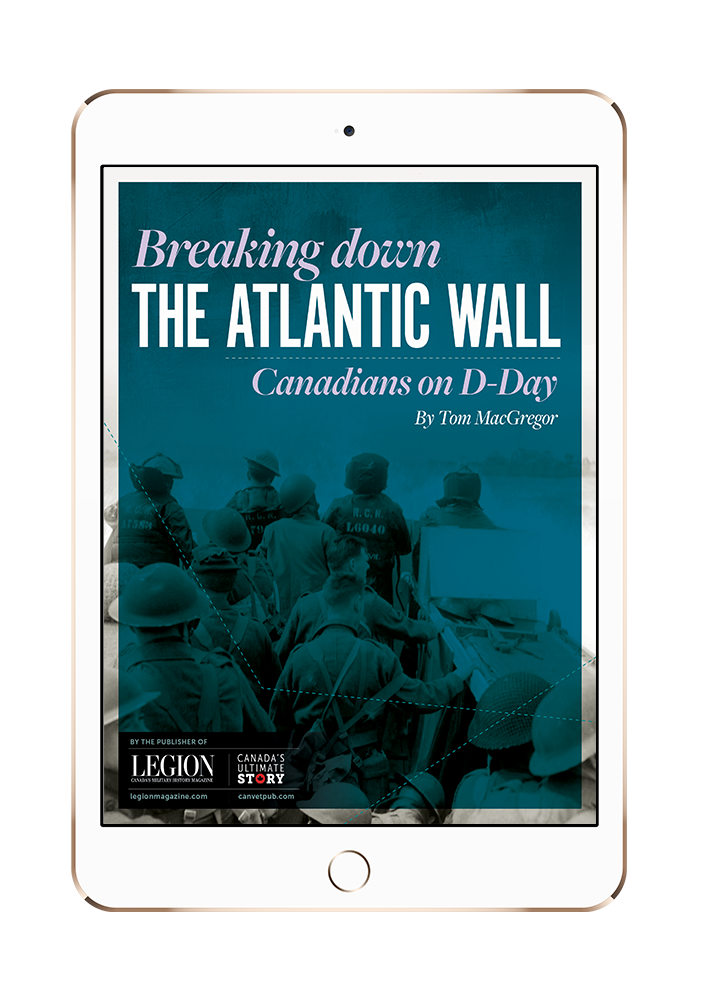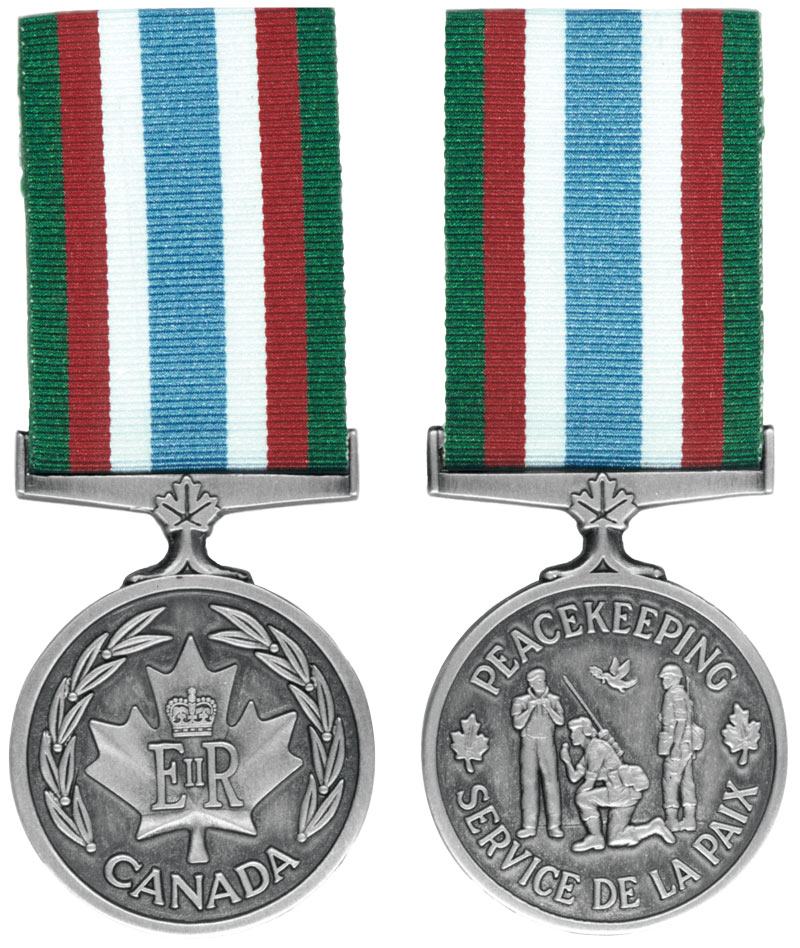
[DND]
It is the considered opinion of the Committee,” declared the presenters of the 1988 Nobel Peace Prize, “that the [recipient] Peacekeeping Forces through their efforts have made important contributions towards the realization of one of the fundamental tenets of the United Nations.” In bestowing the prestigious accolade on all blue beret wearers, Canadian or otherwise, more than 40 years of service—and the sacrifices of at least 733 lives—had finally been recognized.
Heralded on the world’s stage, a portion of Canadian peacekeeping veterans still wondered at the time if they might receive material acknowledgement closer to home.
“Though Canadian peacekeepers were eligible for specific UN mission medals, formal recognition from the federal government of a similar nature was long in becoming a reality,” explained the Canadian War Museum’s medals specialist Caitlin Pilkington. “The onus was largely on the veterans themselves to lobby government bureaucrats and politicians to champion their cause, but progress slowed because of the need to consult and gain approval from many invested parties. It took five attempts for a bill establishing the award to pass into law.”
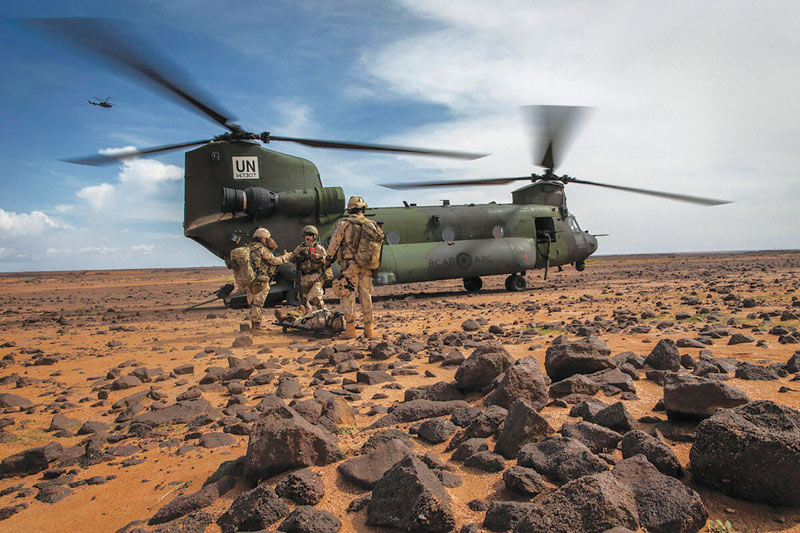
Members of a Canadian medical team participate in an exercise in Mali during a 2018 UN mission.[MINUSMA/Harandane Dicko/LM Archives]
Conferring two medals for one action was deemed contrary to the national honours policy, but the Canadian Peacekeeping Service Medal was nevertheless instituted on Oct. 21, 1999. Designed by Bruce W. Beatty, whose other motifs include the Order of Canada and the Canadian Victoria Cross, the accolade showcases a disc made of an oxidized silver-coloured alloy measuring 36 millimetres (1.4 inches) in diameter.
Its obverse depicts the same three personnel found atop Ottawa’s Peacekeeping Monument. Queen Elizabeth II’s royal cypher and crown act as a centrepiece to the medal’s reverse, superimposed on a maple leaf and flanked by two sprigs of laurel. With symbolic maple leaves also adorning the front and embellishing its suspender, the decoration possesses distinctly Canadian overtones.
“For over five decades, Canadian peacekeepers had served and sacrificed in the pursuit of peace, often with little understanding or appreciation of those efforts.”
In a last meaningful gesture, Beatty’s design of the 32-millimetre-wide (1.26-inch) ribbon comprised a central stripe in UN blue, on either side of which were bands of white (representing peace), red (recognizing bloodshed) and green (a homage to those personnel to whom the accolade was dedicated).
Eligibility for the honour extended to (and beyond) military members, police officers, and civilians alike, present or posthumous, who had completed at least 30 days’ worth of relevant duties. It was likewise applied retroactively to UN peacekeeping missions from 1948, barring some exceptions.
An inaugural presentation ceremony took place less than a year after its creation—on Sept. 6, 2000—at the Peacekeeping Monument. There, Gov. Gen. Adrienne Clarkson honoured the first 90 recipients. Now, 78,056 medals in total have been issued to the approximately 125,000 Canadian peacekeeping veterans considered eligible.
“For over five decades [by 2000], Canadian peacekeepers had served and sacrificed in the pursuit of peace, often with little understanding or appreciation of those efforts,” said Pilkington. “The Canadian Peacekeeping Service Medal symbolized the gratitude of a nation and her citizens to personnel involved in peacekeeping operations, thereby legitimizing their contributions and instilling pride in the veterans, their respective loved ones, and the wider public.”

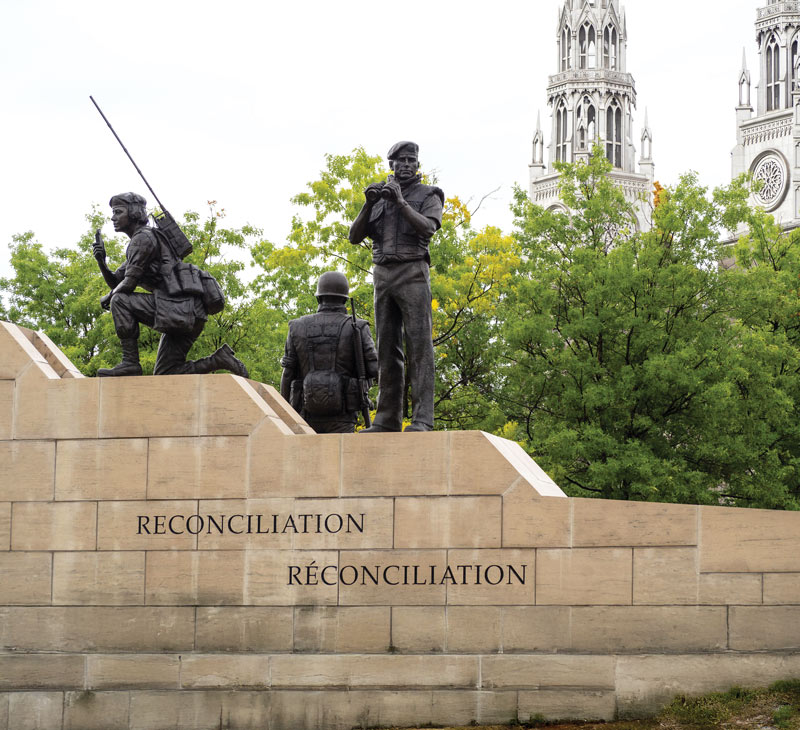
The Peacekeeping Monument in Ottawa. [Dao Le Dinh Quoc/Alamy/JK7TNF]
Advertisement





